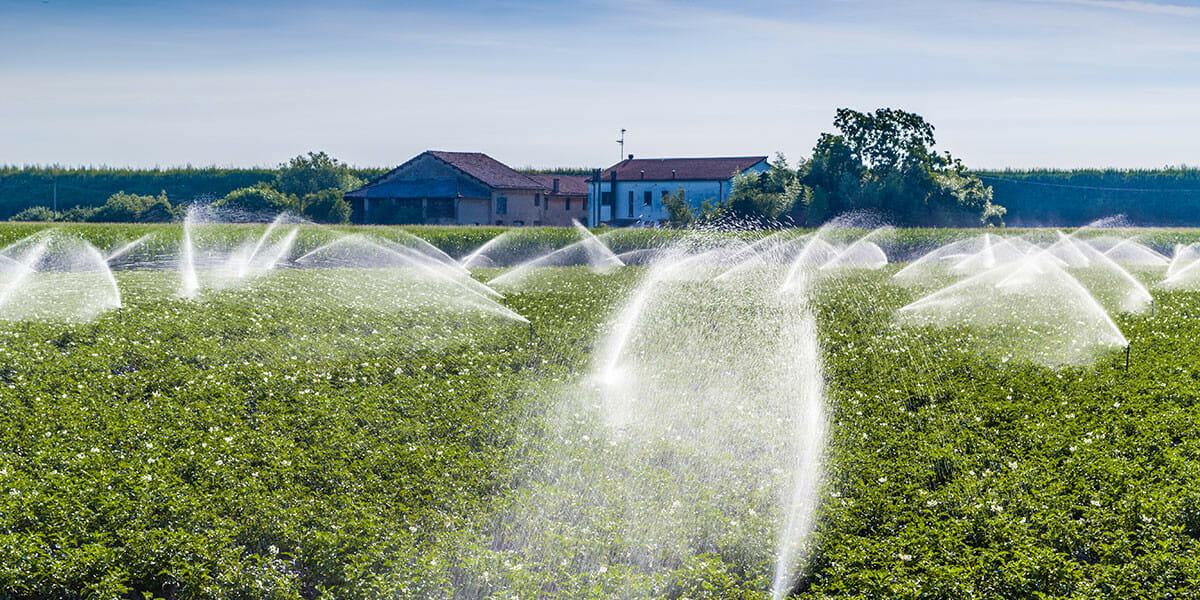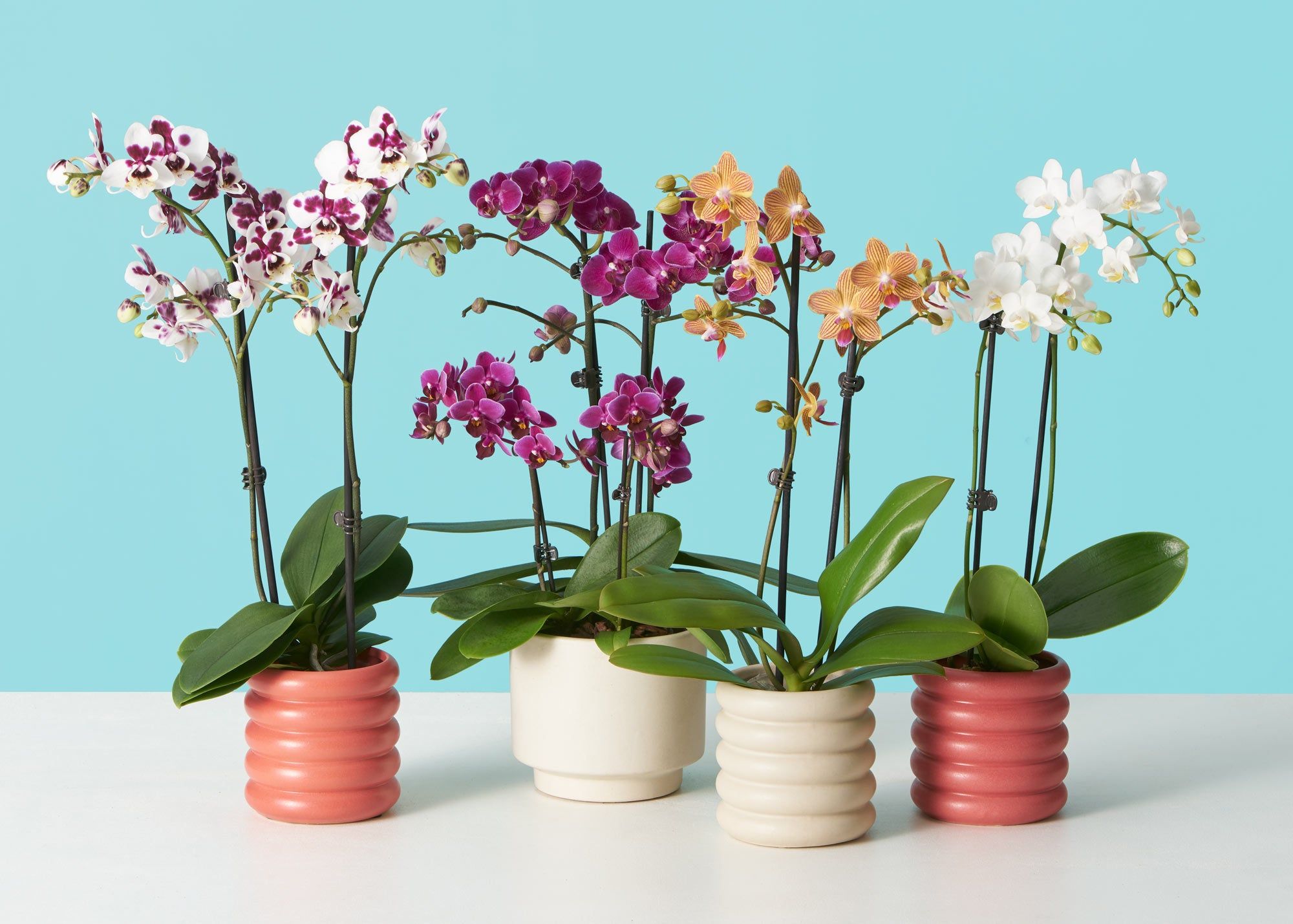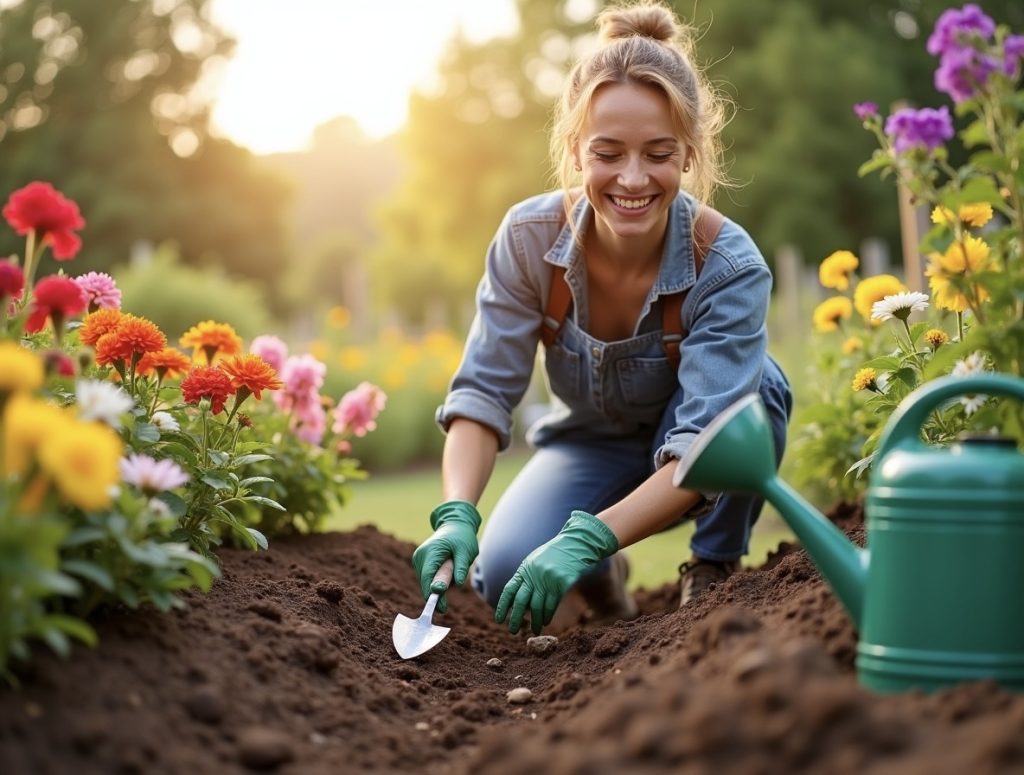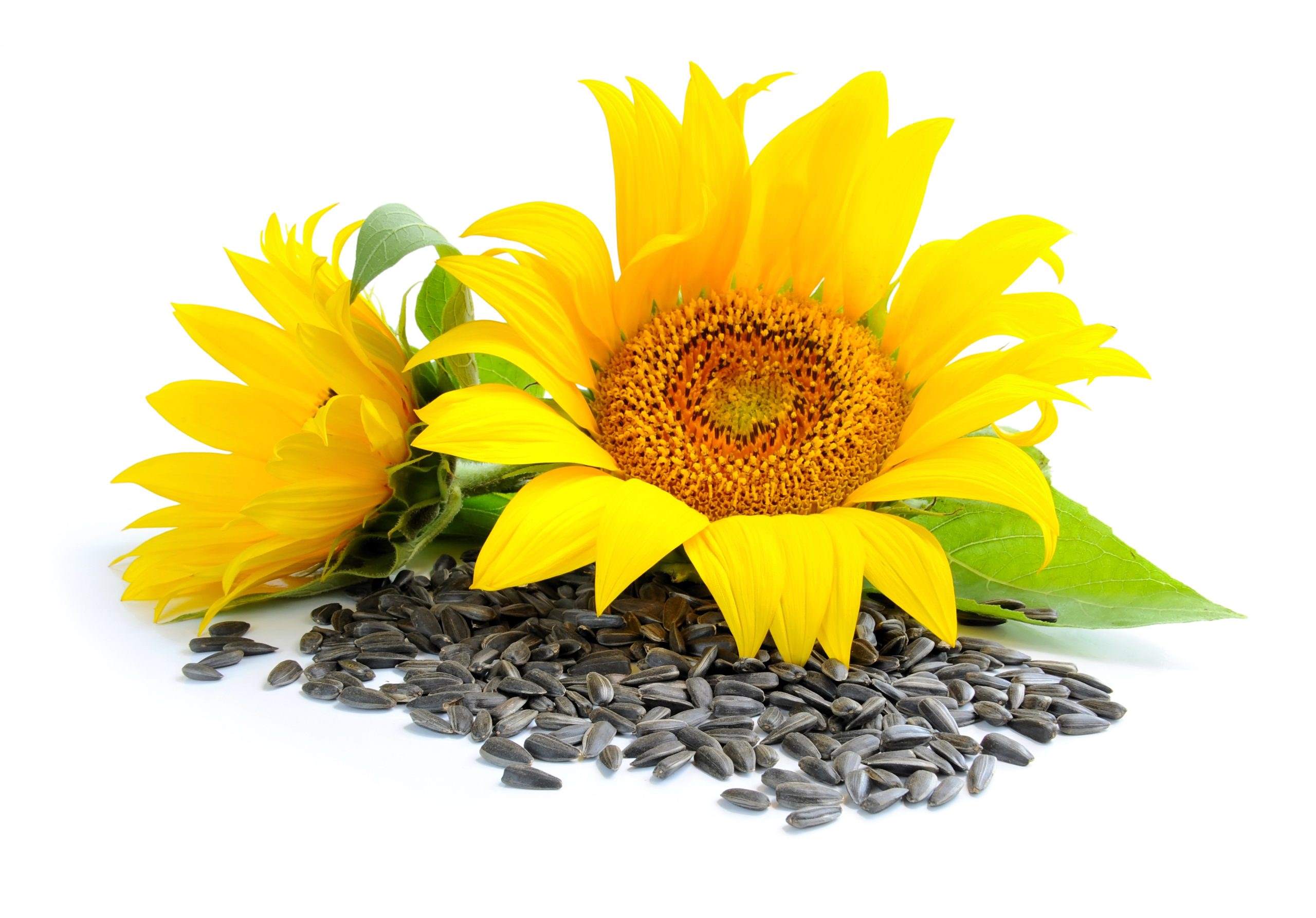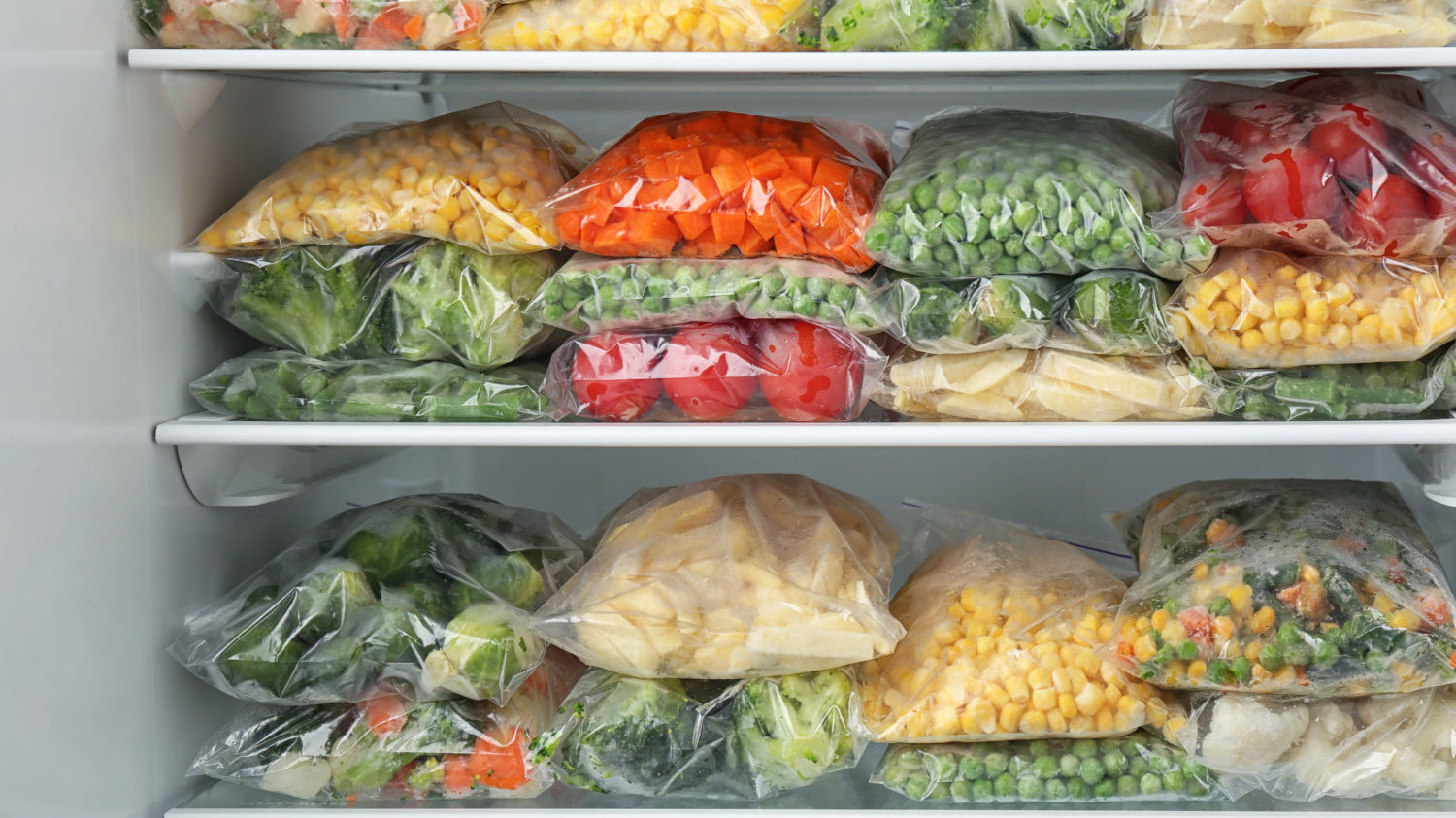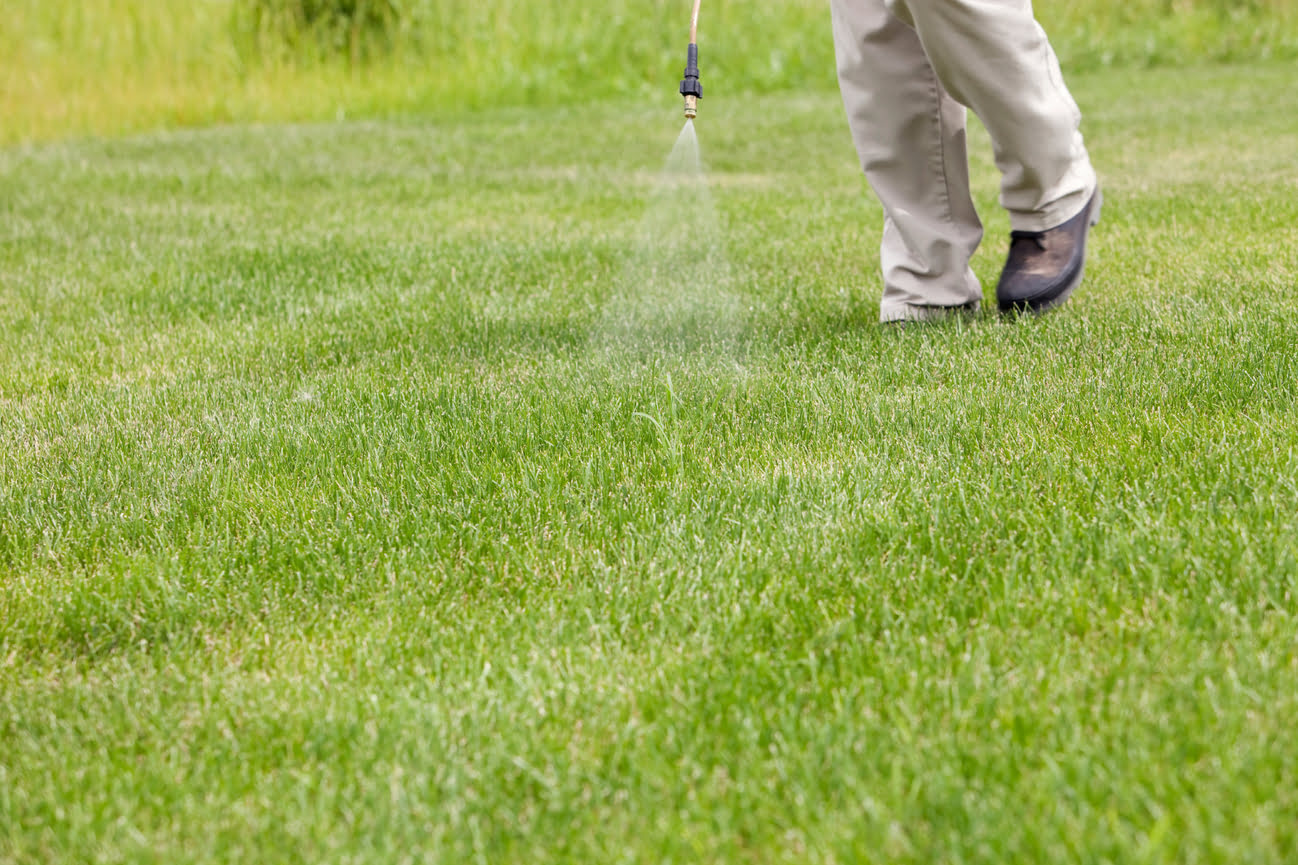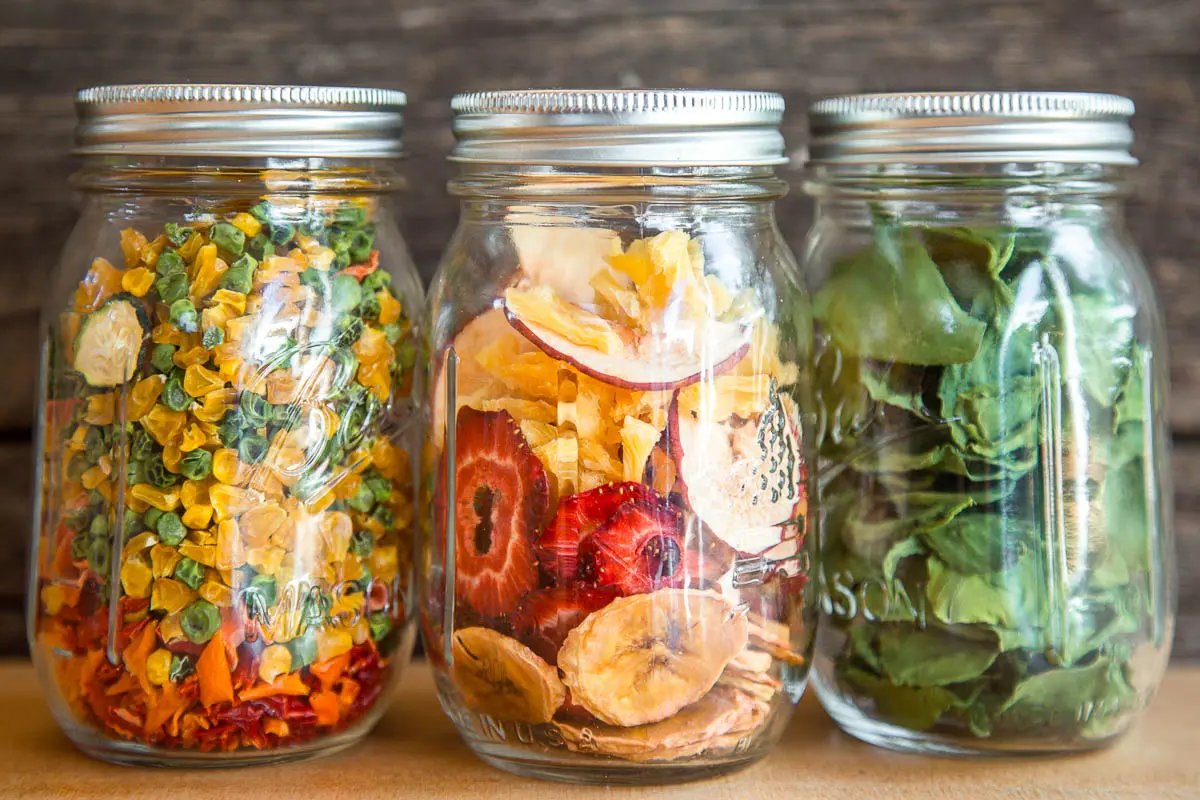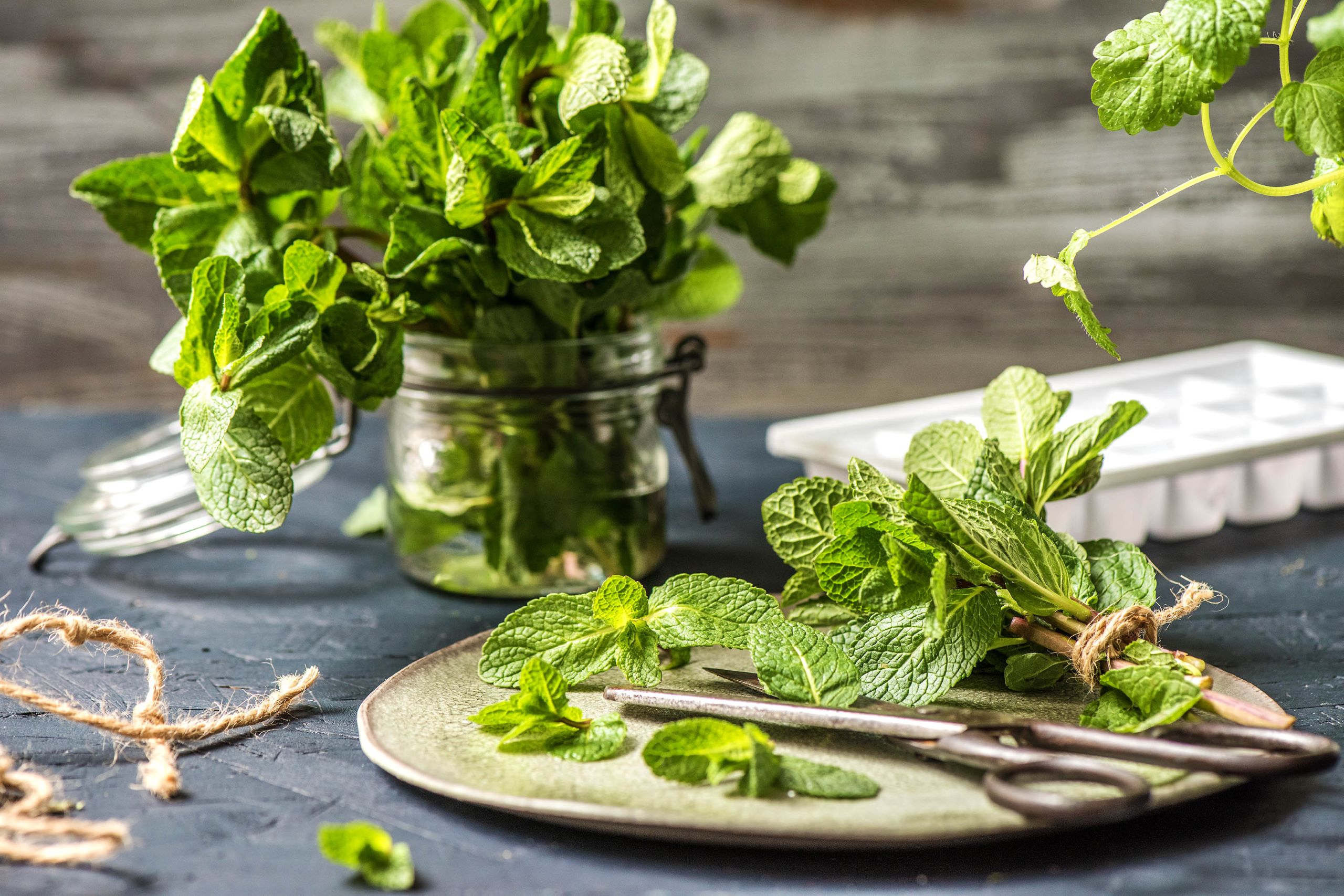Home>Types of Gardening>Ornamental Gardening>How Long Do Sunflower Seeds Last For Planting
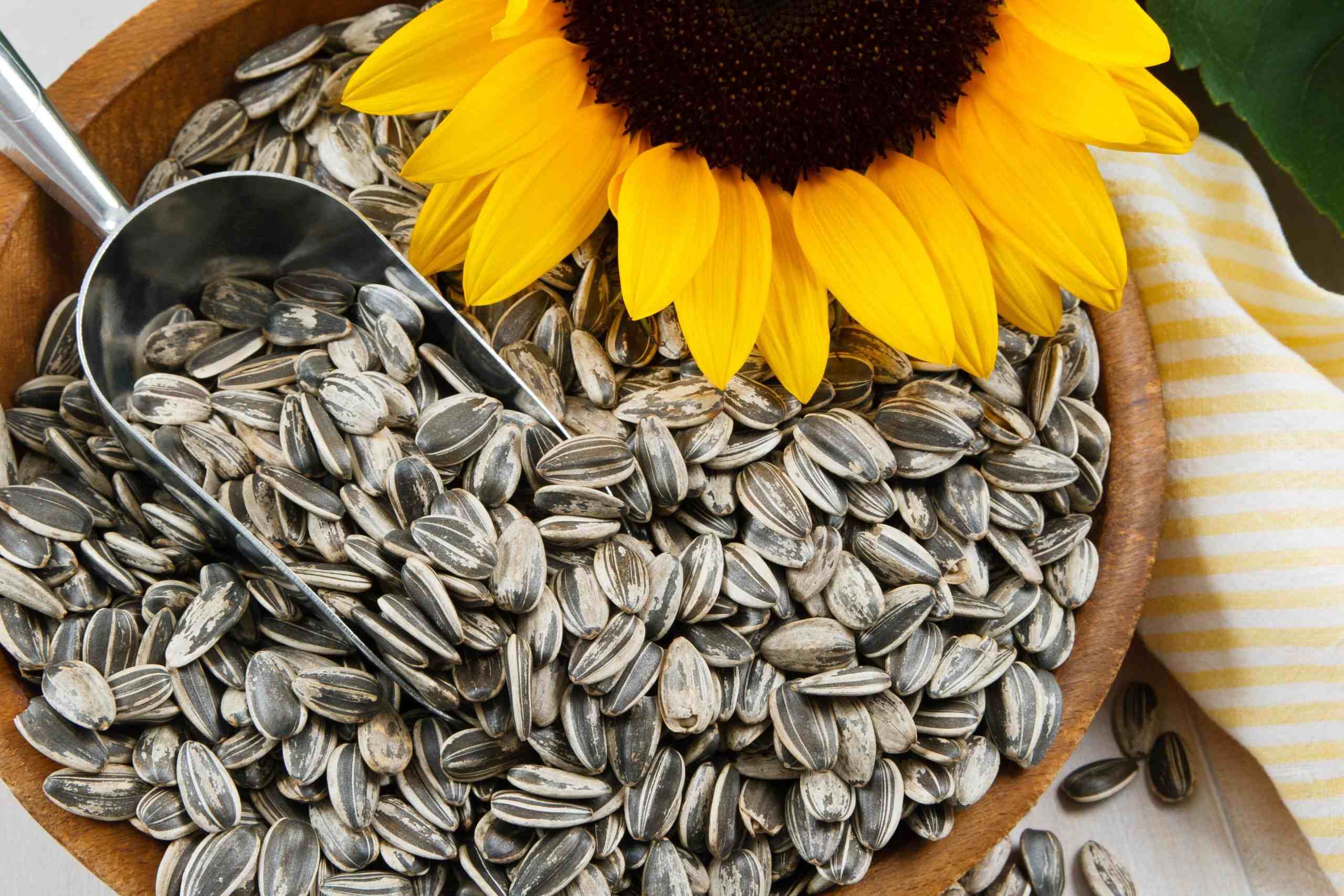

Ornamental Gardening
How Long Do Sunflower Seeds Last For Planting
Modified: January 22, 2024
Discover how long sunflower seeds last for planting in ornamental gardening. Maximize the lifespan of your seeds for a successful and beautiful sunflower garden.
(Many of the links in this article redirect to a specific reviewed product. Your purchase of these products through affiliate links helps to generate commission for Chicagolandgardening.com, at no extra cost. Learn more)
Table of Contents
Introduction
Welcome to the world of ornamental gardening! If you have a passion for adding beauty and color to your outdoor spaces, then you’re in the right place. One key aspect of ornamental gardening is the use of sunflowers, which can bring a touch of radiance and charm to any garden or landscape.
Sunflowers are not only admired for their vibrant and cheerful blossoms, but they also produce seeds that can be harvested for planting in future seasons. However, as with any other type of seed, the longevity of sunflower seeds is an important consideration. In this article, we will explore the factors that can affect the lifespan of sunflower seeds and how to maximize their viability for successful planting.
Whether you’re an experienced gardener or just starting out, understanding the longevity of sunflower seeds is essential for planning and achieving your garden’s success. By taking into account the various factors that can impact seed viability and implementing proper storage techniques, you can ensure that your sunflower seeds remain viable and ready for planting when the time comes.
So, let’s dive into the fascinating world of sunflower seeds and discover how long they can last and what you can do to extend their life for optimal planting results. From understanding the impact of environmental conditions to conducting germination tests, we will equip you with the knowledge you need to make the most out of your sunflower seeds. Let’s get started!
Factors Affecting the Longevity of Sunflower Seeds
Several factors can influence the longevity of sunflower seeds and their viability for planting. By understanding these factors, you can take appropriate measures to maximize their lifespan and optimize germination rates. Let’s explore the key factors that impact the longevity of sunflower seeds:
- Seed Quality: The quality of sunflower seeds plays a crucial role in their longevity. Seeds that are fresh, well-formed, and free from damage or disease are more likely to have a longer lifespan. It is essential to obtain high-quality seeds from reputable sources to ensure better germination rates and overall seed longevity.
- Moisture: Moisture is a primary enemy of seed viability. Sunflower seeds should be stored in a dry environment, as moisture can lead to seed deterioration and fungal growth. Excessive humidity can cause the seeds to mold or rot, rendering them unusable. It’s important to keep the seeds dry and avoid exposing them to damp conditions.
- Temperature: Temperature fluctuations can also impact the longevity of sunflower seeds. Extreme heat or cold can affect the seed’s integrity, leading to reduced viability. It’s best to store sunflower seeds in a cool and consistent temperature environment to prolong their lifespan.
- Light Exposure: Exposure to light can accelerate the aging process of sunflower seeds. When storing seeds, it is crucial to keep them in a dark or opaque container to shield them from light. This will help maintain the viability of the seeds for a longer period.
- Seed Maturity: The maturity of sunflower seeds at the time of harvest can also impact their longevity. Seeds that have fully matured and dried on the flower head have a higher chance of retaining their viability compared to immature seeds. To ensure the longevity of sunflower seeds, it’s important to allow them to fully ripen on the plant before harvesting.
By considering these factors and taking appropriate measures, you can significantly extend the lifespan of your sunflower seeds. Proper storage conditions and careful handling will help preserve their viability, giving you the best chance of successful germination when the time comes to plant your sunflowers.
Optimal Storage Conditions for Sunflower Seeds
Proper storage is crucial for maintaining the viability of sunflower seeds. By creating the optimal storage conditions, you can extend the lifespan of your seeds and increase the chances of successful germination. Here are some guidelines to follow for storing sunflower seeds:
- Container: Choose a container that is airtight and moisture-resistant. This can be a glass jar with a tight-fitting lid or a metal tin. Avoid using plastic containers, as they may not provide adequate protection from moisture and pests.
- Labeling: Clearly label the container with the date of harvest and the sunflower variety. This will help you keep track of the seed’s age and ensure you use the oldest seeds first.
- Cool and Dry Environment: Store the seeds in a cool and dry location, preferably at a temperature between 40°F (4°C) and 50°F (10°C). Avoid storing the seeds in areas prone to temperature fluctuations, such as near windows or heaters. Excessive heat can shorten the lifespan of the seeds.
- Darkness: Protect the seeds from exposure to light by storing them in a dark or opaque container. Light can trigger the loss of viability in sunflower seeds, so it’s important to keep them in a light-free environment.
- Pest Prevention: Take precautions to prevent pests from accessing the stored seeds. You can place a small cloth bag filled with dried lavender, rosemary, or bay leaves in the storage container to deter insect infestations. Ensure that the container is tightly sealed to keep pests out.
- Avoid Extreme Conditions: Avoid storing sunflower seeds in areas with high humidity, as moisture can lead to mold or rot. Additionally, extremely cold or freezing temperatures can damage the seeds. It’s important to find a balance and maintain a consistent environment for optimal storage conditions.
By following these storage guidelines, you can prolong the lifespan of your sunflower seeds and increase the chances of successful germination. Remember to periodically check on the stored seeds, ensuring they remain in good condition. With proper storage, you’ll be able to enjoy the beauty of sunflowers year after year, as your stored seeds continue to produce stunning blooms.
Signs of Seed Deterioration
Seed deterioration is a natural process that occurs over time, and sunflower seeds are no exception. It’s important to be able to recognize the signs of seed deterioration to prevent wasted time and effort in planting seeds that are no longer viable. Here are some common signs that indicate seed deterioration:
- Discoloration: Deteriorated sunflower seeds may exhibit discoloration, such as a darker or greyish appearance. This change in color can indicate the loss of viability.
- Mold or Fungal Growth: If you notice any mold or fungal growth on the seeds, it is a clear sign of deterioration. Mold can spread quickly and affect the viability of the seeds, making them unsuitable for planting.
- Cracks or Fragility: Deteriorated seeds may develop cracks or become brittle. When handling the seeds, they may break easily or crumble, indicating that they have lost their viability.
- Lack of Germination: One of the most obvious signs of seed deterioration is the failure of seeds to germinate. If you have planted sunflower seeds and no seedlings emerge within the expected germination period, it’s likely that the seeds have deteriorated and are no longer viable for growth.
- Unusual Odor: Deteriorated seeds may emit an unusual odor, such as a musty or rancid smell. If you detect any foul or off-putting scent from the seeds, it’s a clear indication of deterioration.
It’s important to note that not all deteriorated seeds will exhibit these signs, and some seeds may appear outwardly normal even if they have lost viability. However, by being aware of these common signs, you can make informed decisions about which seeds to use for planting and increase your chances of successful germination.
To avoid planting deteriorated seeds, it’s recommended to regularly test the viability of stored seeds through germination tests. This will give you a more accurate indication of the seed’s viability and reduce the chances of wasting time and effort on non-viable seeds.
Remember, proper storage conditions and regular monitoring are key to preserving the viability of sunflower seeds. By staying vigilant and recognizing the signs of seed deterioration, you can ensure that only the highest-quality and most viable seeds are used for planting, leading to a more successful and rewarding gardening experience.
Germination Test for Sunflower Seeds
Performing a germination test is an effective way to determine the viability of sunflower seeds before planting them. This test helps you identify which seeds are likely to germinate and ensures a higher success rate for your gardening endeavors. Here’s how you can conduct a germination test for sunflower seeds:
- Gather Supplies: You will need a few materials to conduct the germination test, including moist paper towels, a plastic bag, and a marker to label each sample.
- Prepare the Seeds: Take a random sample of sunflower seeds from the batch you wish to test. It’s important to select seeds that have been stored in proper conditions and seem healthy and intact.
- Moisten the Paper Towels: Dampen a paper towel with water. It should be moist but not dripping wet. Place the paper towel on a flat surface, such as a plate or a tray.
- Arrange the Seeds: Spread the sunflower seeds evenly on the moist paper towel. Make sure they are not touching each other to allow air circulation for germination.
- Seal in a Bag: Carefully fold the paper towel with the seeds and place it inside a plastic bag. Seal the bag to create a mini greenhouse effect that will maintain the moisture needed for germination.
- Label and Monitor: Use a marker to label the plastic bag with the date and seed variety. Place the bag in a warm location away from direct sunlight.
- Monitor Germination: Check the germination progress daily. After a few days, you should start to see some seeds germinating and sprouting roots. Keep track of the number of seeds that germinate.
- Calculate Germination Rate: After a predetermined period (usually 7-10 days), count the number of seeds that have successfully germinated. Divide this number by the total number of seeds tested to calculate the germination rate as a percentage.
The germination test will provide you with a clear indication of the viability of your sunflower seeds. If the germination rate is high, you can confidently proceed with planting. However, if the germination rate is low, it’s advisable to seek fresh seeds for better results.
Remember that germination rates can vary depending on seed quality, storage conditions, and other factors. Ideally, aim for a germination rate of at least 70% for sunflower seeds. If the rate falls substantially below this threshold, it may be prudent to consider obtaining new seeds.
By conducting a germination test, you can save time, effort, and disappointment by ensuring that you’re using viable seeds. It’s an essential step in the planning process for a successful sunflower garden. Keep records of your germination tests to guide your future seed selection and optimize your gardening results.
Conclusion
Sunflower seeds are a beautiful and versatile addition to any ornamental garden, but their viability and longevity are essential for successful planting. By considering the factors that affect seed longevity, such as seed quality, moisture, temperature, light exposure, and seed maturity, you can optimize the lifespan of your sunflower seeds. Proper storage conditions, including using airtight containers, keeping seeds in a cool and dry environment, protecting them from light, and preventing pest infestation, are crucial for preserving seed viability. Additionally, understanding the signs of seed deterioration, such as discoloration, mold growth, cracks, lack of germination, and unusual odor, helps prevent wasted effort on non-viable seeds.
A germination test is a valuable tool for determining seed viability before planting. By following the step-by-step process of the germination test and calculating the germination rate, you can identify which sunflower seeds are viable and have a higher chance of successful growth. Regularly conducting germination tests and keeping records of the results will guide your seed selection and improve your gardening outcomes.
Remember, successful ornamental gardening with sunflower seeds requires a combination of knowledge, proper storage practices, and germination testing. By implementing these strategies, you can maximize the lifespan of your sunflower seeds and ensure the most vibrant and breathtaking blooms in your garden year after year.
